Plants that Cause Allergies – Spring and summer are perfect days to take care of a well-kept lawn and garden. Leaves and flowers are excellent additions to most homes, but some people have allergies that keep them from enjoying the outdoors or even their own yard.
When we say that someone is allergic to plants, we mean that they are allergic to the pollen that the plants put into the air.
If you or someone in your family is allergic to plants, knowing which ones to leave out of your garden will help you and your family enjoy spring and summer more. Keep reading to find out about the twelve worst offenders.
The following are common (some indoor) house plants that cause allergies:
1. Bermuda Grass
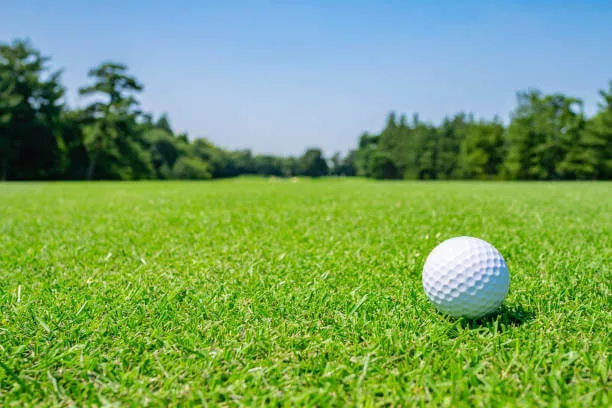
Bermuda grass comes from Africa but has spread to most of the world. It is called Bermuda grass in the United States because it is thought to have been brought there from Bermuda.
Bermuda grass is often used for lawns and golf greens since it doesn’t get damaged by people walking on it. When baby has a rash, know it’s from this plant. It spreads by its roots and flowering seeds, which make people sick. If you maintain your Bermuda grass cut short, it will be less likely to make you sick.
2. Elm Tree

Elm trees can be found throughout the country. These trees are treasured for their wood and shade, and the fruit they drop also provides food for wildlife.
But a fungus known as Dutch elm disease caused roughly 100 million elm trees to perish between 1930 and 1980.
Elms prefer wet environments and thrive beside rivers where many trees won’t.
Like other allergenic plants, elms produce fruit and blooms that discharge pollen into the atmosphere. Thankfully, as of the late 1990s, the tree has returned to normal.
3. Ragweed
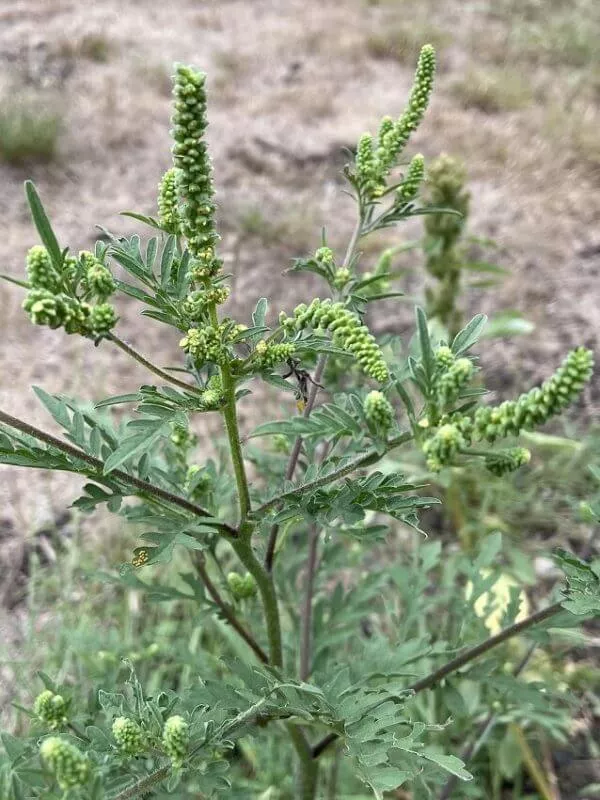
Ragweed can grow anywhere, even though you don’t want to add it to your lawns. The allergenic potential of this plant is thought to be the highest in Canada, especially during the summer.
While not the sole weed to produce allergy reactions, ragweed can produce one billion pollen particles per plant. One of the signs is a swollen face.
4. Mountain Cedar
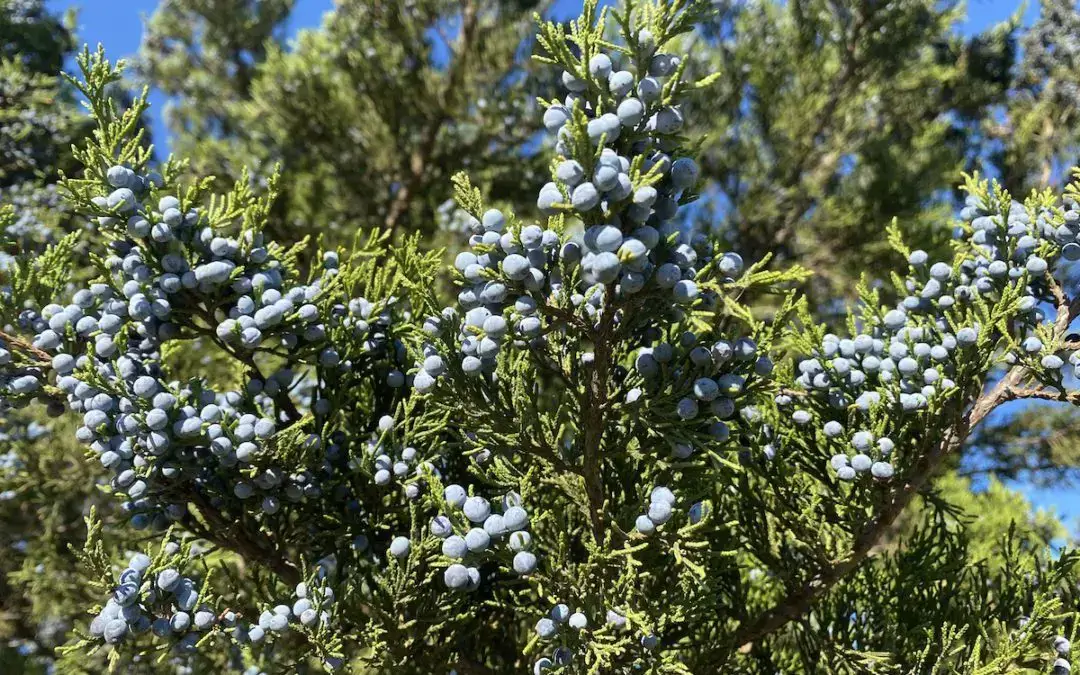
The Texas hills, the mountains of Oklahoma, and some of the Ozarks are home to many mountain cedars and a variety of juniper trees.
The tree spreads rapidly because it produces a lot of pollen. In Texas, in particular, there is a lot of debate over controlling tree growth.
People against cedar trees say that the trees soak up a lot of groundwater, particularly in regions with water shortage difficulties.
Additionally, many people cannot participate in outdoor activities because of the trees’ heavy pollen production.
5. Junipers
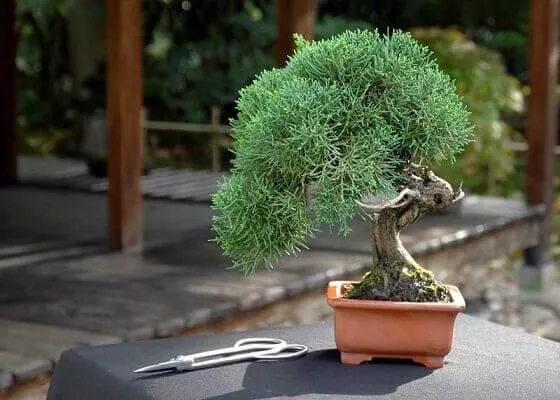
Junipers are perfect for flower pot ideas. Because they require little upkeep, junipers are a favorite among many landscapers.
The essential oil from the stunning blueberries that this tree produces is used to treat bronchitis and pain and lighting up the garden.
The plant’s pollen is known to cause hay fever and skin problems despite its uses.
6. KentuckyBluegrass
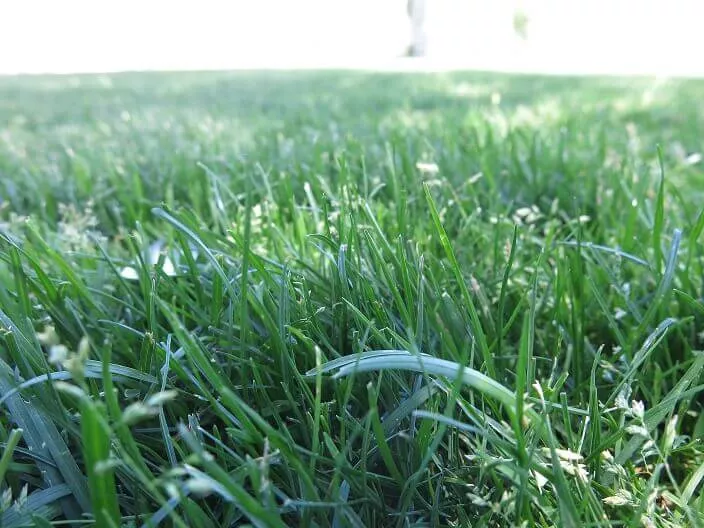
Pollen from different kinds of this grass, like Kentucky bluegrass, can cause severe allergies, particularly in the summer when there is more of it.
This can make asthma symptoms worse. It doesn’t grow much in southern calif, florida or colorado.
Instead it grows in most states in the North, West, and South, but grows best in the relatively cool areas of northern Georgia and western Texas.
And sometimes it grows on its own when we design front yard landscaping ideas with rocks for gardening.
7. Maple

Another plant that makes strong allergens is the maple tree, the box elder tree, or ash leaf maple. Maples of other kinds, like silver, red, and sugar, can also cause allergies.
But the worst one is the ash leaf maple. The pollen only makes the allergen from male trees—these trees like a lot of light and rich and moist soil. People like maple trees for their wood, sugar, and syrup.
8. Oak
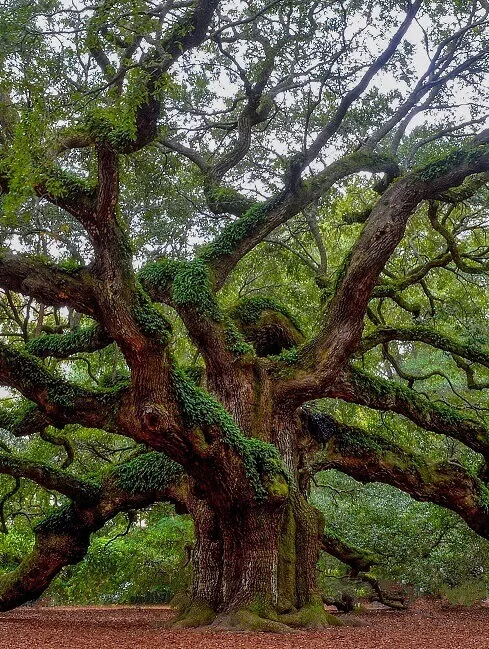
It’s important to keep in mind that plants do not aggravate your allergies with large, showy flowers. Insects pollinate plants that produce big pollen grains, such as flowers.
Allergies can be made worse by the tiny pollen grains in plants that depend on aerial pollination, such as oak trees.
Acorns, the fruit that oak trees produce, can take up to one year and a half to bloom. For their lumber, oaks are highly desired.
9. Sun Flower

What better than a lovely sunflower garden to represent summer? Unfortunately, some people may have issues with the pollen as well as seeds of this plant.
Depending on the sensitivity, people may develop hay fever and experience itching just from being near the plant.
10. Walnut

This tree is frequently planted in both private and public places. Late spring is when the flowers blossom, and the pollen may make people allergic.
The thick nature of walnut pollen means it does not disperse very far from the tree. Only those who remain near to the tree develop allergic reactions.
11. Wisteria

People are captivated by the stunning wisteria plant. If cultivated appropriately, it can instantly transform a plain area into a popular destination unless you are sensitive to its pollen.
The blooms are an excellent addition to a yard or grass because they hang low and almost touch the surface.
Despite its beauty, you should not plant it because even trimming or handling it can cause hay fever or skin issues.
12. Mulberry

Mulberry trees are well-known ornamental trees that are frequently placed alongside streets. Mulberries are also naturally edible.
Mulberries produce flowers and fruit, and the pollen from the blossoms is very allergic and dispersed by the wind. So, you need to avoid this tree while gardening if you suffer from allergies.
Final Words
To make your landscaping ideas come to life, you may need to add new plant species to your lawn to make it better.
But before you do that, you should consider the consequences, especially when you or someone in your family has allergies.
To take care of a garden, you must do more than just water and prune it. You also have to know what not to plant. Stay safe and only use plants that won’t bother your allergies so you can fully enjoy your garden.